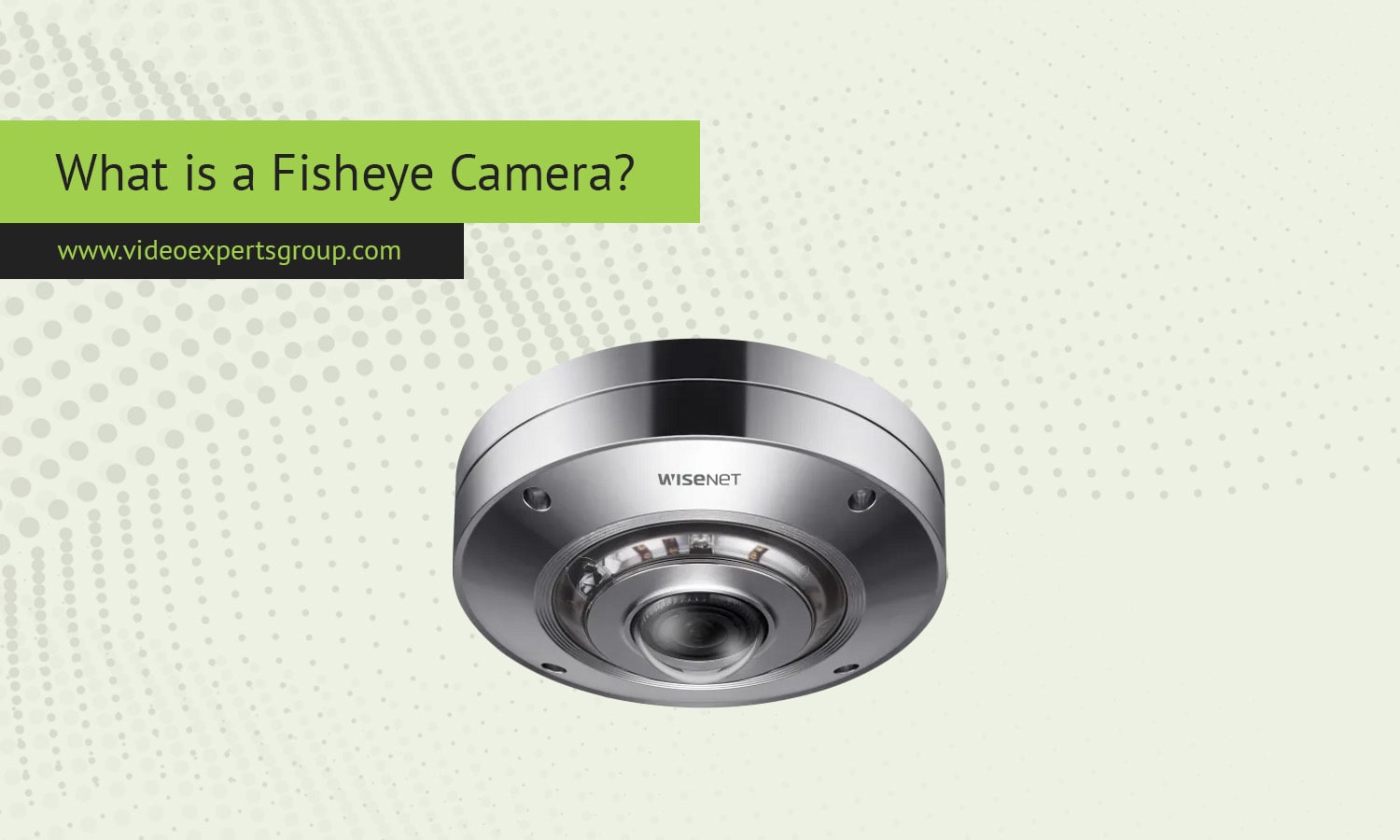A fisheye camera is a specialized type of camera equipped with an ultra-wide-angle lens, capable of capturing images with a field of view of up to 180 degrees or more. Unlike standard cameras, which capture images with a more natural perspective, fisheye cameras create highly distorted images that appear spherical or hemispherical, resembling the view through a fish's eye. This unique perspective makes fisheye cameras valuable in various applications where wide coverage is essential, such as surveillance, photography, and video production.
Meaning
A fisheye camera uses a lens that has a focal length significantly shorter than standard lenses, allowing it to capture an extremely wide field of view. The lens's curvature causes the image to bend around the edges, resulting in a characteristic distorted, panoramic view. This effect can be either circular or full-frame, depending on the type of fisheye lens used.
- Circular Fisheye Lenses: These lenses produce an image that fits within a circular frame, with the entire 180-degree field of view visible in a round, spherical shape. The image appears as though it is being viewed through a peephole, with significant curvature and distortion around the edges.
- Full-Frame Fisheye Lenses: These lenses fill the entire image sensor, capturing a wide-angle view while maintaining the typical rectangular frame of the image. The distortion is less pronounced than in circular fisheye images, but the edges of the image still appear curved.
Fisheye cameras are often used in situations where capturing as much of the scene as possible is more important than maintaining straight lines and a natural perspective.
What is a Fisheye Camera Used For?
Fisheye cameras are versatile and can be used in a variety of applications, including:
- Surveillance: In security and surveillance systems, fisheye cameras are used to monitor large areas with a single camera. They are often installed in the center of a room or open space, such as a lobby, warehouse, or retail store, to provide 360-degree coverage. This reduces the need for multiple cameras and minimizes blind spots.
- Panoramic Photography: Photographers use fisheye lenses to capture creative, wide-angle shots that encompass an entire scene. This can be particularly useful in landscape photography, architecture, and action sports, where capturing a wide perspective is desirable.
- Virtual Reality (VR) and 360-Degree Videos: Fisheye cameras are commonly used in VR and 360-degree video production, where capturing the entire environment is essential. The footage from fisheye cameras can be stitched together to create immersive experiences for viewers.
- Vehicle Cameras: In automotive applications, fisheye cameras are used in rearview or surround-view camera systems to provide drivers with a wide-angle view of their surroundings. This helps in parking, avoiding obstacles, and enhancing overall safety.
- Scientific Research: Fisheye cameras are also used in scientific research, particularly in fields like astronomy, meteorology, and biology, where capturing a wide field of view is necessary for observing large-scale phenomena or environments.
Advantages and Disadvantages
Advantages:
- Wide Field of View: The primary advantage of a fisheye camera is its ability to capture a very wide field of view, often up to 180 degrees or more. This makes it ideal for monitoring large areas or capturing panoramic images without the need for multiple cameras.
- 360-Degree Coverage: In surveillance applications, a single fisheye camera can provide 360-degree coverage, reducing the number of cameras needed and minimizing blind spots.
- Creative and Unique Perspectives: In photography and video production, fisheye cameras allow for creative and artistic shots that are not possible with standard lenses. The distortion effect can be used to create interesting and dynamic compositions.
- Cost-Effective for Large Areas: Using a fisheye camera can be more cost-effective than installing multiple standard cameras, especially in large or open spaces. It simplifies installation and maintenance while providing comprehensive coverage.
Disadvantages:
- Image Distortion: The significant distortion caused by the fisheye lens can be a disadvantage in situations where a natural perspective is needed. Straight lines appear curved, and objects near the edges of the frame can be stretched or distorted.
- Reduced Detail at the Edges: While fisheye cameras capture a wide field of view, the image quality and detail at the edges of the frame may be lower than in the center. This can be problematic in surveillance situations where identifying details are important.
- Limited Use in Certain Applications: Due to the distortion, fisheye cameras are not suitable for all types of photography or video production. They are best used in specific scenarios where wide-angle coverage or creative effects are desired.
- Complex Image Processing: In surveillance and VR applications, the footage from fisheye cameras often requires de-warping or stitching to correct the distortion and create a usable image. This can add complexity and require additional processing power.
Fisheye cameras offer a unique and effective solution for capturing wide-angle images and video, particularly in surveillance, photography, and VR applications. Their ability to cover large areas with a single camera makes them a valuable tool in many settings, though their inherent image distortion can be a limitation in some cases. Understanding when and how to use a fisheye camera is key to maximizing its advantages while mitigating its drawbacks.
















